Acrylic nails are artificial nail improvements that are applied to natural nails to add length and strength. They are made using a blend of a liquid monomer and a powder polymer that forms a strong, durable layer on the natural nails when mixed together. Here’s an overview of the process and some key information about acrylic nails:
Application Process:
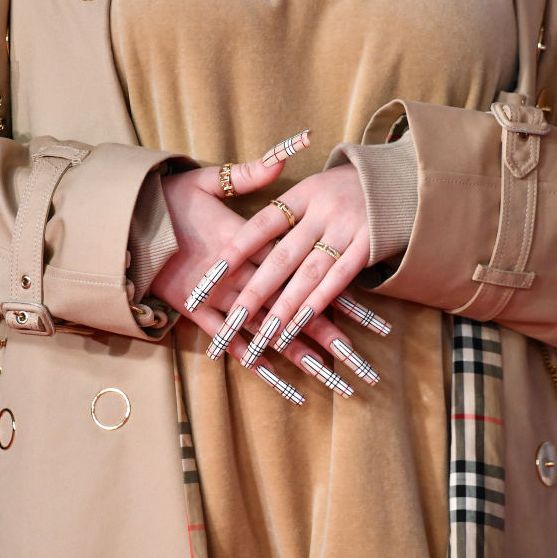
- Nail Preparation:
- The natural nails are cleaned, shaped, and buffed to create a smooth surface.
- Tip Application (optional):
- A plastic nail tip may be applied to add length if you want. The tip is glued to the natural nail.
- Acrylic Mixture Application:
- A liquid monomer and a powder polymer are mixed to create a dough-like consistency called acrylic.
- Using a brush, the acrylic mixture is applied to the natural nails or nail tips, sculpting and shaping them.
- Drying:
- Acrylic hardens through a chemical reaction, and the nails are left to air dry or cure under a UV or LED lamp.
- Shaping and Buffing:
- Once dry, the nails are shaped using files and buffers to achieve the desired length and shape.
- Finishing:
- The nails are polished and finished with a top coat for a glossy appearance.
Advantages:
- Durability: Acrylic nails are known for their strength and durability.
- Versatility: They can be customized in terms of length, shape, and color.
- Nail Art: Intricate designs and nail art can be easily created on acrylic nails.
Considerations:
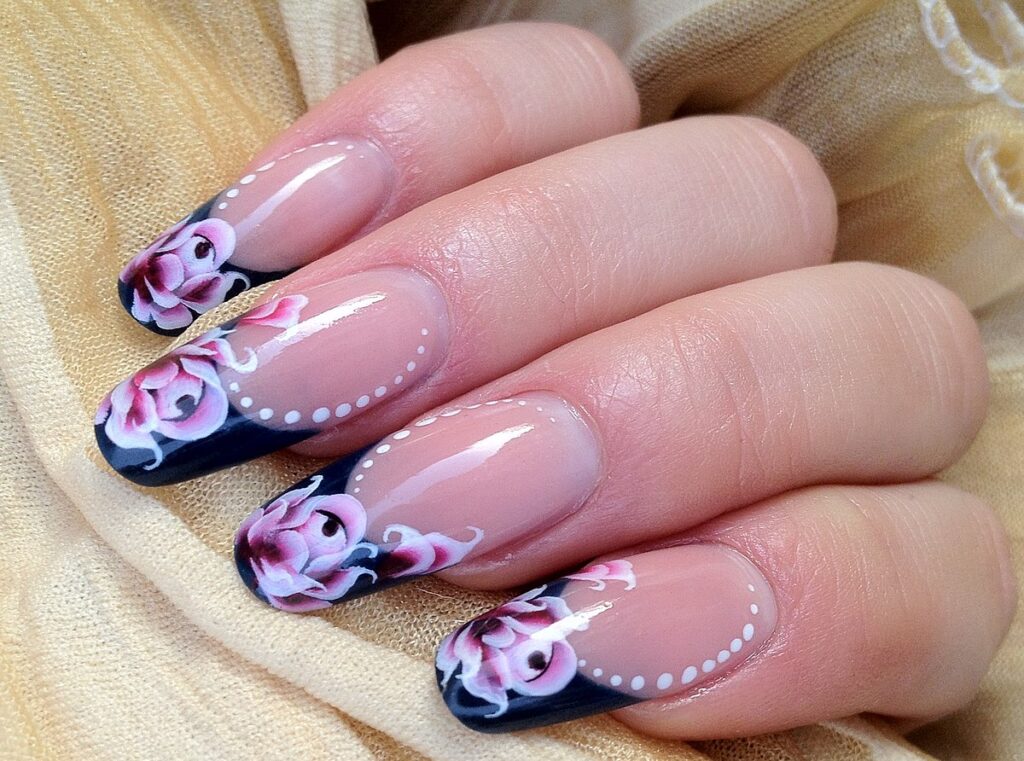
- Maintenance: Regular fills are needed as natural nails grow to maintain the appearance.
- Odor and Fumes: The application process involves strong odors, and proper ventilation is essential.
- Potential Damage: Incorrect removal or excessive filing can damage natural nails.
Removal:
Acrylic nails can be removed by soaking them in acetone or using other professional removal methods. It’s best to seek professional assistance for safe removal to minimize damage to natural nails.
Care:
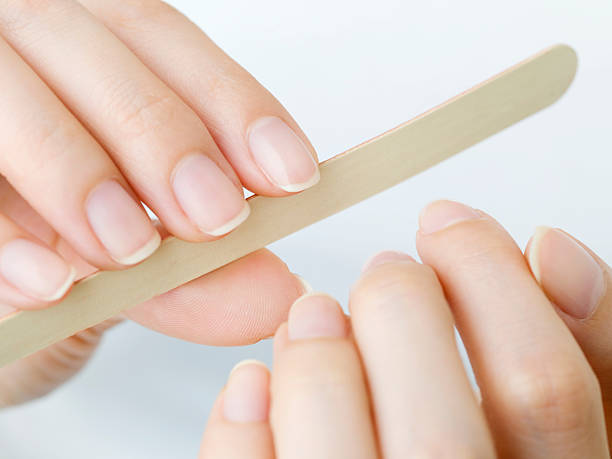
- Regular Maintenance: Fills are typically required every 2-3 weeks to fill in the gap created by natural nail growth.
- Avoiding Harsh Chemicals: Acrylic nails can be damaged by display to harsh chemicals, so it’s important to wear gloves when using them.
Before getting acrylic nails, it’s recommended to consult with a professional nail technician to ensure proper application and maintenance. Additionally, it’s crucial to follow aftercare instructions to keep the nails healthy and strong.
Advantages and Disadvantages:
- Advantages:
- Strength: Acrylic nails are durable and less given to breakage.
- Versatility: They can be shaped into various lengths and styles.
- Long-Lasting: With proper care and maintenance, acrylic nails can last for several weeks.
- Nail Issues: They can help individuals with weak or damaged natural nails achieve a polished look.
- Disadvantages:
- Maintenance: Regular fills are necessary as the natural nails grow.
- Damage Risk: If improperly applied or removed, acrylic nails can cause damage to the natural nails.
- Infection Risk: If not applied or maintained properly, acrylic nails can lead to fungal or bacterial infections.
- Allergic Reactions: Some individuals may be allergic to the chemicals used in acrylic nails.
Nail Art and Design:
- Versatility: Acrylic nails provide a solid base for complex and creative nail art designs.
- Color Options: They can be painted with regular nail polish or have colored acrylics applied during the opening process.
- 3D Designs: Raised or 3D designs can be easily created on acrylic nails using the acrylic mixture.
Aftercare Tips:
- Hydration: Keep the nails and shield hydrated by using skin oil regularly.
- Gentle Removal: When removing acrylic nails, avoid picking or forceful methods to prevent damage to the natural nails.
- Professional Removal: Seek professional help for the removal process to minimize damage.
Alternatives to Acrylic Nails:
- Gel Nails: Similar to acrylics but use a gel substance that is cured under UV or LED light.
- Dip Powder Nails: A powder is applied to the nails, offering a durable and long-lasting finish.
- Press-On Nails: Ready-made artificial nails that can be applied at home without the need for chemicals.
DIY vs. Professional Application:
- Professional Application: It is recommended to have acrylic nails applied by a trained and experienced nail technician to ensure proper application and reduce the risk of damage.
- DIY Kits: Some individuals choose to use at-home acrylic nail kits, but careful application and observation to instructions are critical.
Remember that individual experiences with acrylic nails can vary, and it’s necessary to consider personal preferences, lifestyle, and the health of natural nails when deciding on artificial nail improvement. If unsure, consulting with a professional nail technician is always a good idea.
Cost Considerations:
- Initial Cost: Acrylic nail application can be more affordable compared to some other nail enhancement options, making it a popular choice for those on a budget.
- Maintenance Costs: While fills are necessary every few weeks, they are generally less expensive than the initial application.
Common Acrylic Nail Issues:
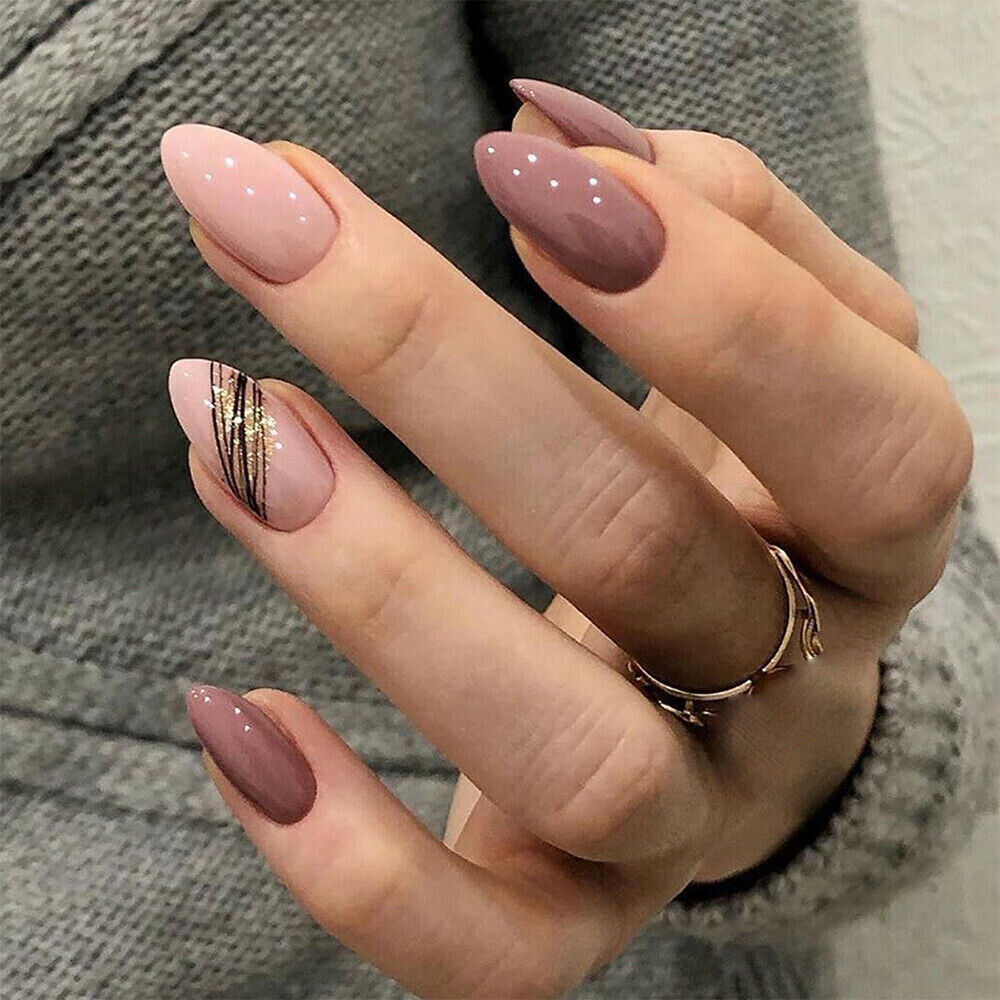
- Lifting: This occurs when the acrylic layer separates from the natural nail, leading to potential infection risks. Proper preparation and application are essential to prevent lifting.
- Yellowing: Prolonged use or exposure to certain substances can cause acrylic nails to turn yellow. Using quality products and avoiding harsh chemicals can help prevent this.
- Brittleness: Over time, acrylic nails can become brittle, leading to breakage. This can be minimized by avoiding excessive filing and choosing the right length for your lifestyle.
Acrylic Nails for Special Occasions:
- Many people opt for acrylic nails for special events like weddings, parties, or vacations, as they provide a polished and long-lasting look.
Trends in Acrylic Nails:
- Shapes: Different nail shapes, such as square, round, oval, almond, and coffin, continue to be popular with acrylic nails.
- Nail Art Trends: Unique designs like ombre, marble, and geometric patterns are trendy among those who enjoy creative nail art.
Nail Health Considerations:
- Breaks and Tears: Acrylic nails can sometimes mask underlying issues with natural nails. It’s important to address any breaks or tears promptly to avoid complications.
- Breathing Period: Some individuals choose to give their natural nails a break between acrylic applications to allow them to “breathe” and recover.
Acrylic Nails and Work:
- Profession Compatibility: While acrylic nails are generally acceptable in many professional settings, some workplaces may have specific guidelines regarding nail length and appearance. It’s essential to consider workplace policies.
Innovations in Acrylic Nails:
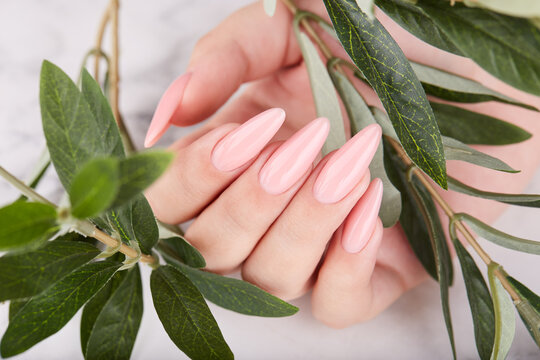
- Colored Powders: Acrylic powders now come in a variety of colors, allowing for more creative and customized nail looks.
- Acrylic Nail Enhancements: Some technicians use acrylics to create enhancements such as nail extensions, 3D designs, and unique textures.
Removal and Transition:
- Transitioning Styles: Individuals often transition between different nail improvements, moving from acrylics to gels or other options based on preferences and lifestyle changes.
- Safe Removal: It’s crucial to prioritize safe removal methods, whether done professionally or at home, to minimize damage to natural nails.
Remember that the longevity and appearance of acrylic nails depend on proper application, maintenance, and aftercare. Consulting with a skilled nail technician can help address specific concerns and ensure a positive experience with acrylic nails.
Lorem ipsum dolor sit amet, consectetur adipiscing elit. Nibh vel sed amet, ut adipiscing elit fermentum. Orci, feugiat ullamcorper molestie maecenas tincidunt

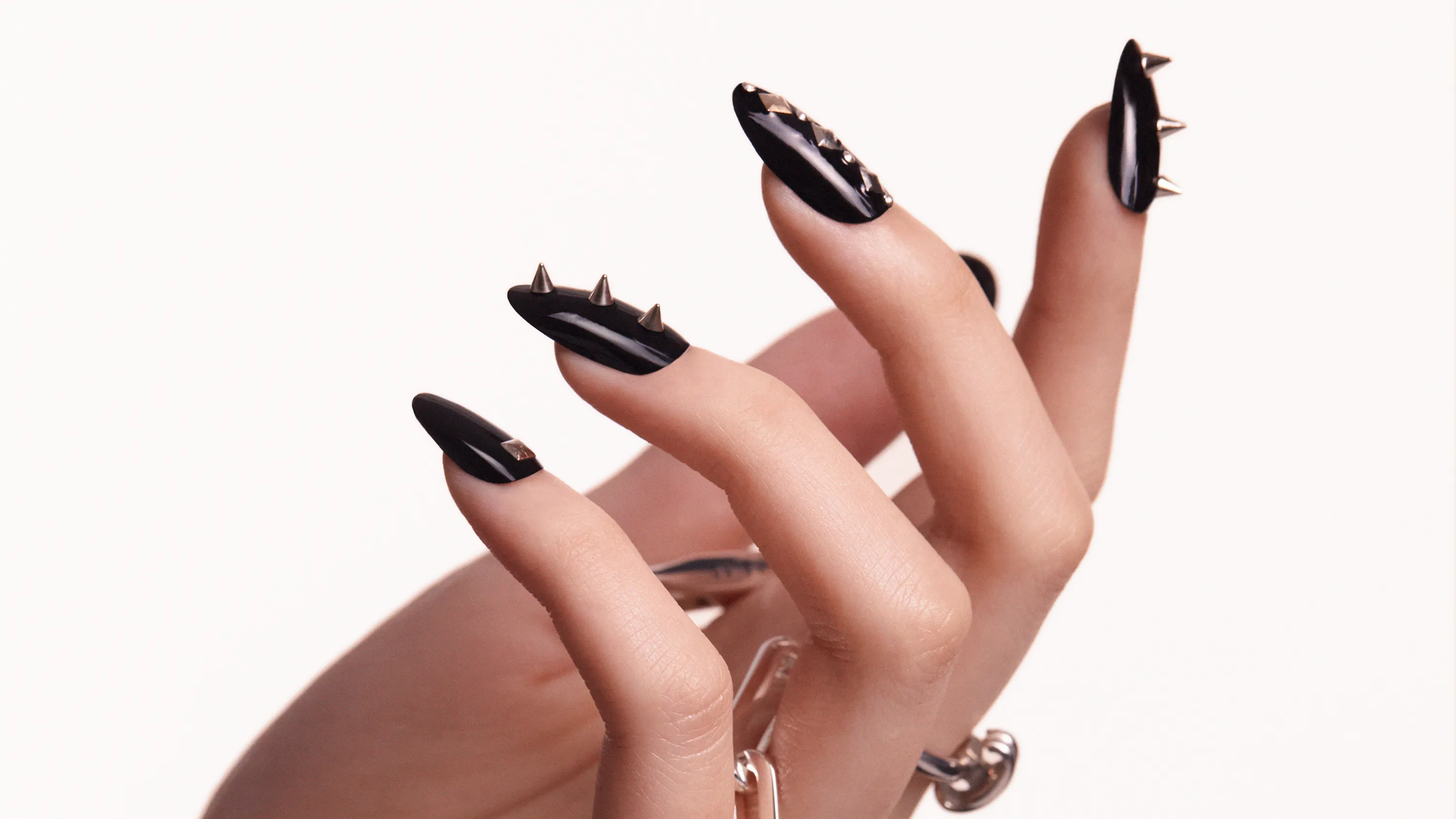
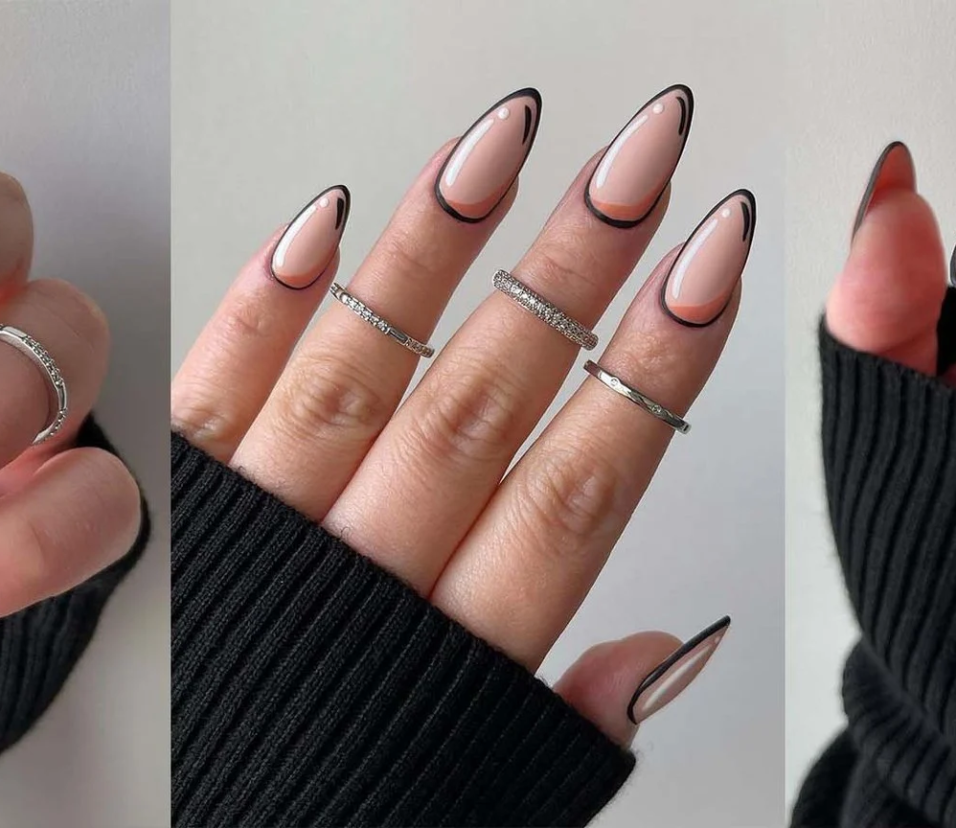
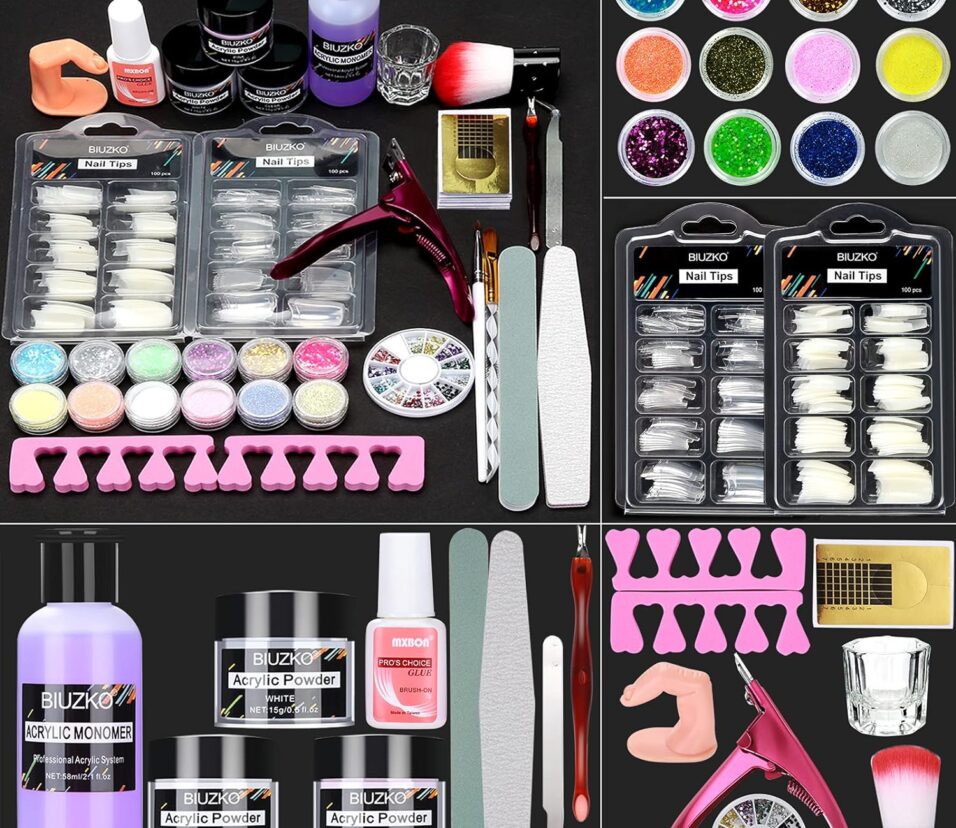
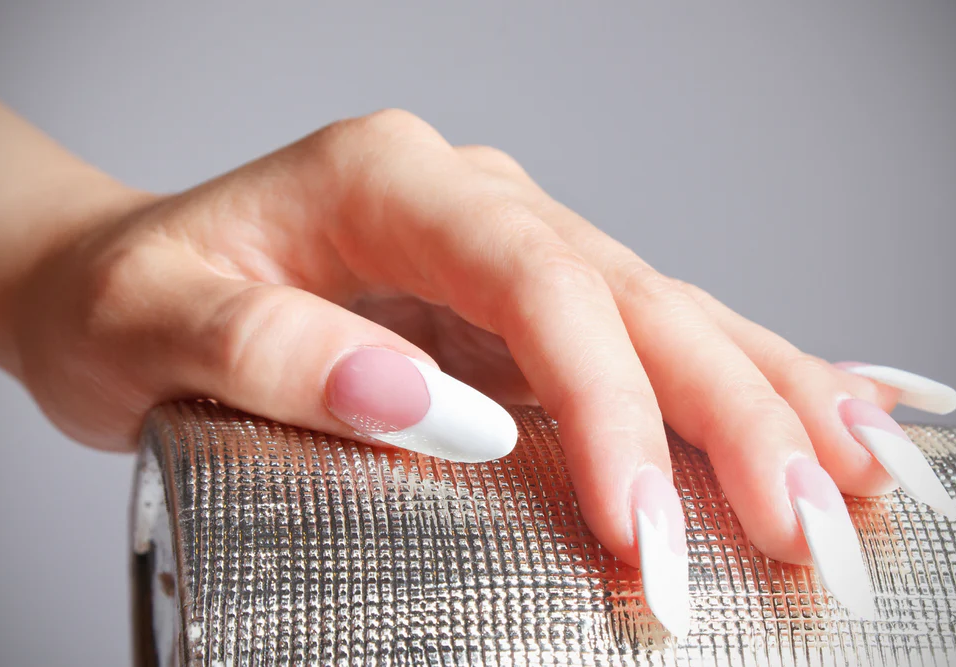
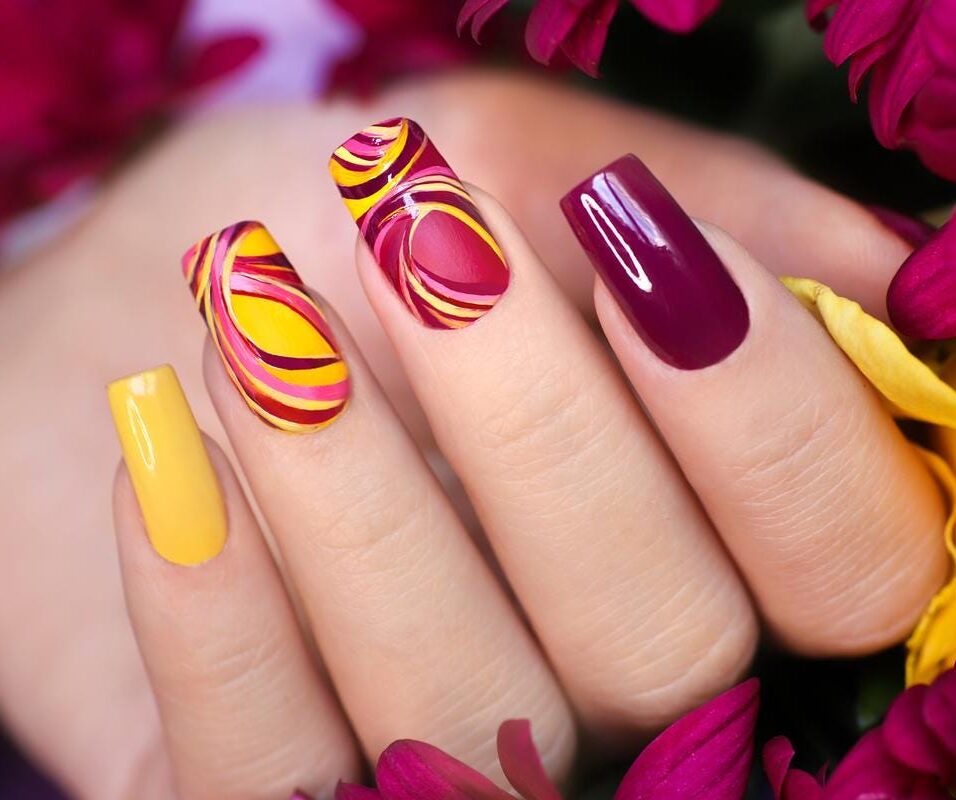
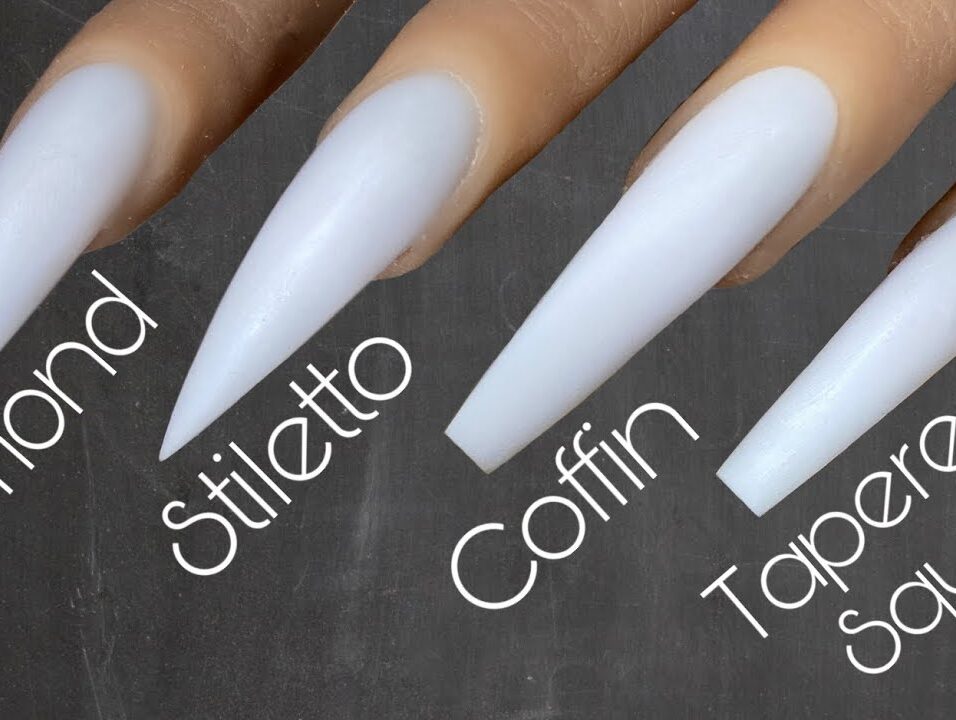
Leave feedback about this